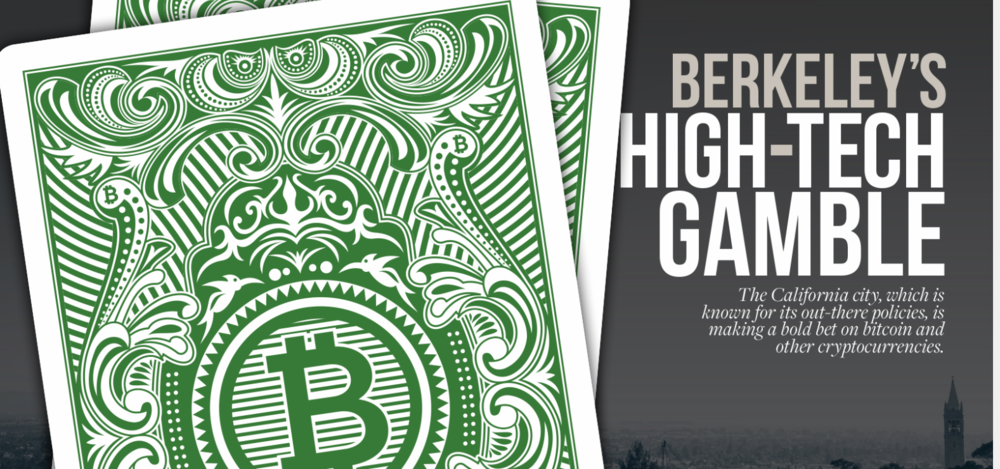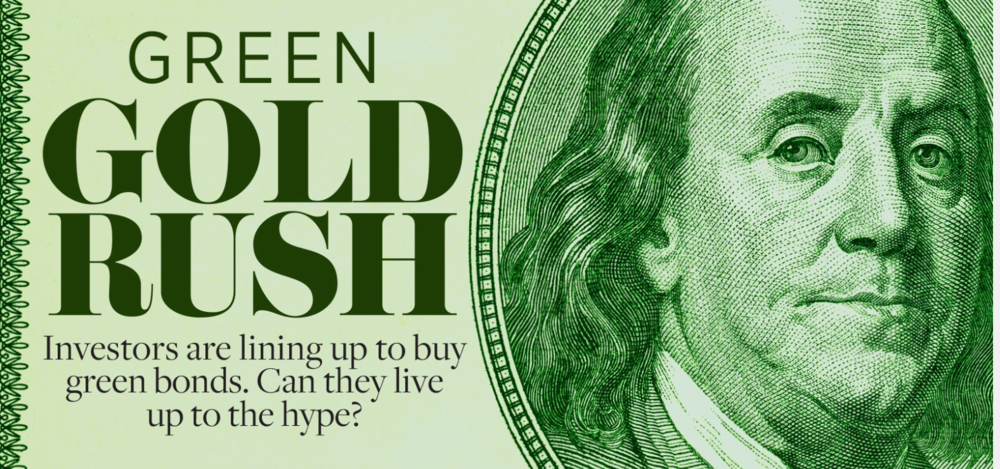
Berkeley, Calif., has always had an independent streak. It was named after Irish philosopher George Berkeley, who advanced the theory of immaterialism or the belief that material things have no objective existence. Located across the bay from San Francisco, Berkeley has long attracted people and ideas outside of the mainstream. In the 1960s, it was the birthplace of the free speech movement and hippie counterculture. In the 1990s, an advocacy group tried to bring back the bartering system in protest of economic globalization. And in the 2000s, voters overwhelmingly approved the nation’s first-ever soda tax to counteract the damage done by high-sugar drinks.
But now this city known for its out-there policies is taking perhaps its biggest risk yet: Later this year, it plans on becoming the first municipality in the country to issue municipal bonds using the blockchain technology that underpins cryptocurrency. The project is the brainchild of Mayor Jesse Arreguín and Vice Mayor Ben Bartlett and is being billed as a way to make investing in municipal bonds more accessible than ever. That’s because, unlike the minimum $5,000 bond denomination common today, “cryptobonds” can be issued in denominations as low as $5 or $10. The bonds also have the potential to open up a whole new way for the city to raise money for housing. This is an acute issue since the Trump administration has slashed the budget for the U.S. Department of Housing and Urban Development, cut funding for Section 8 housing credits and targeted sanctuary cities such as Berkeley for federal funding cuts.

